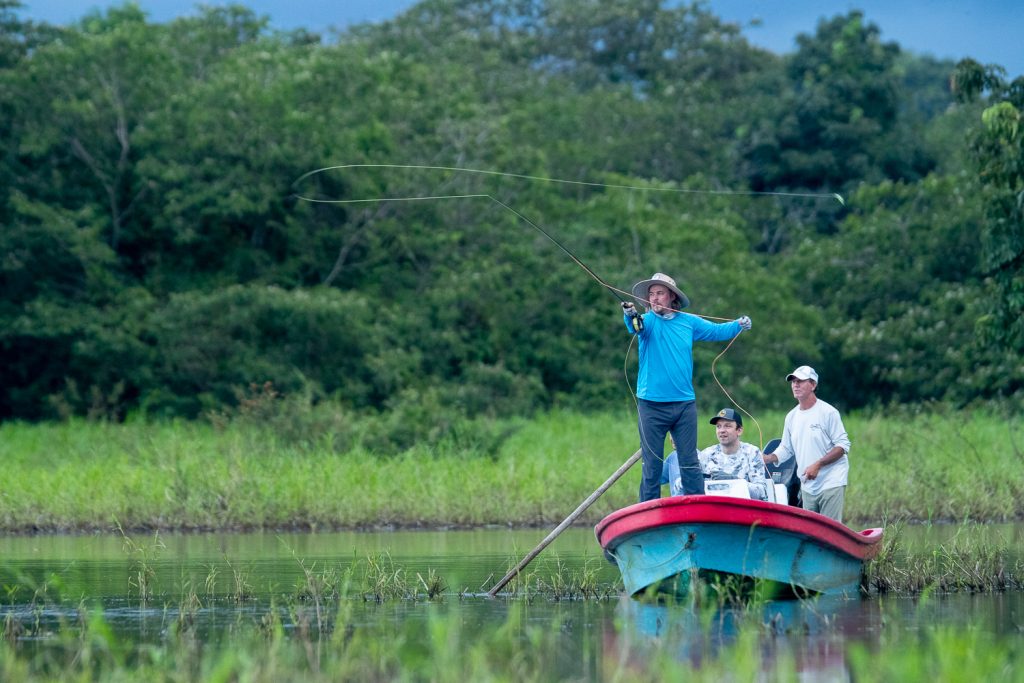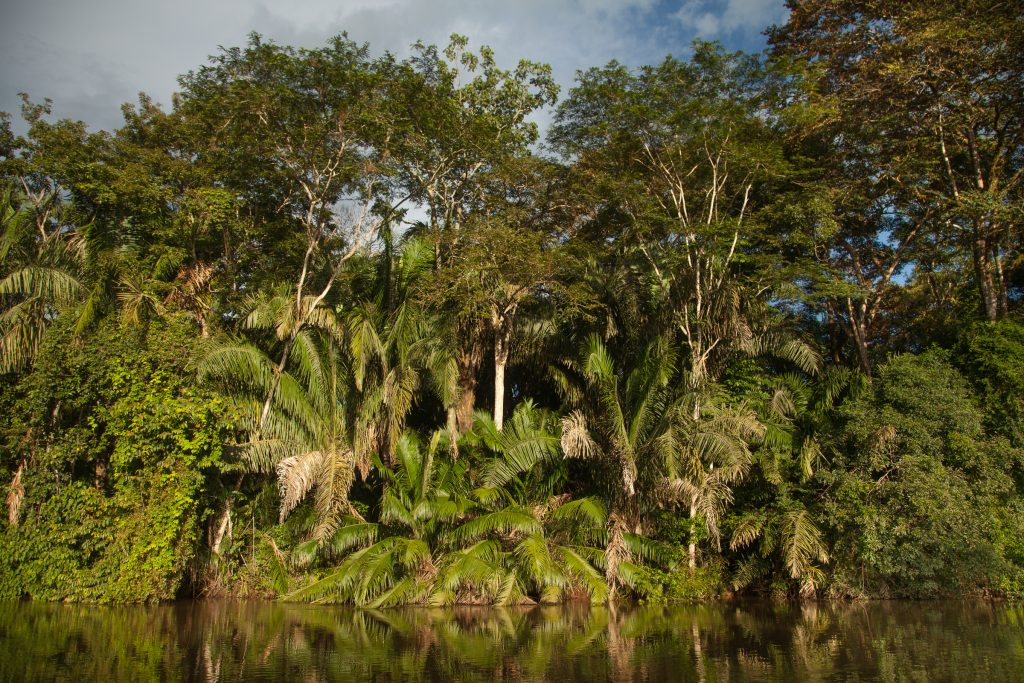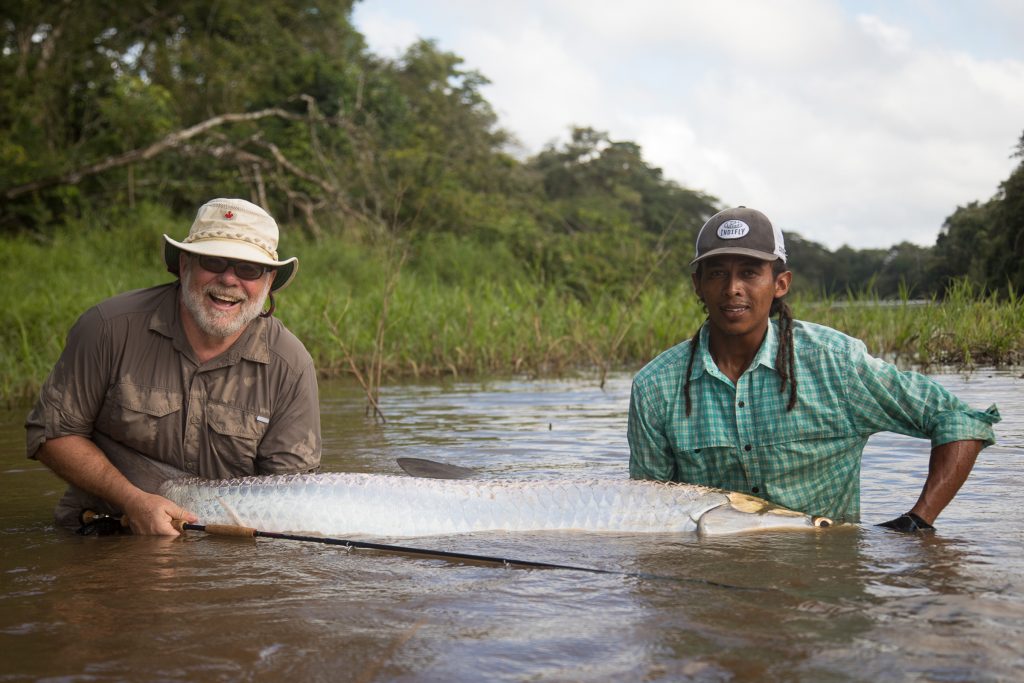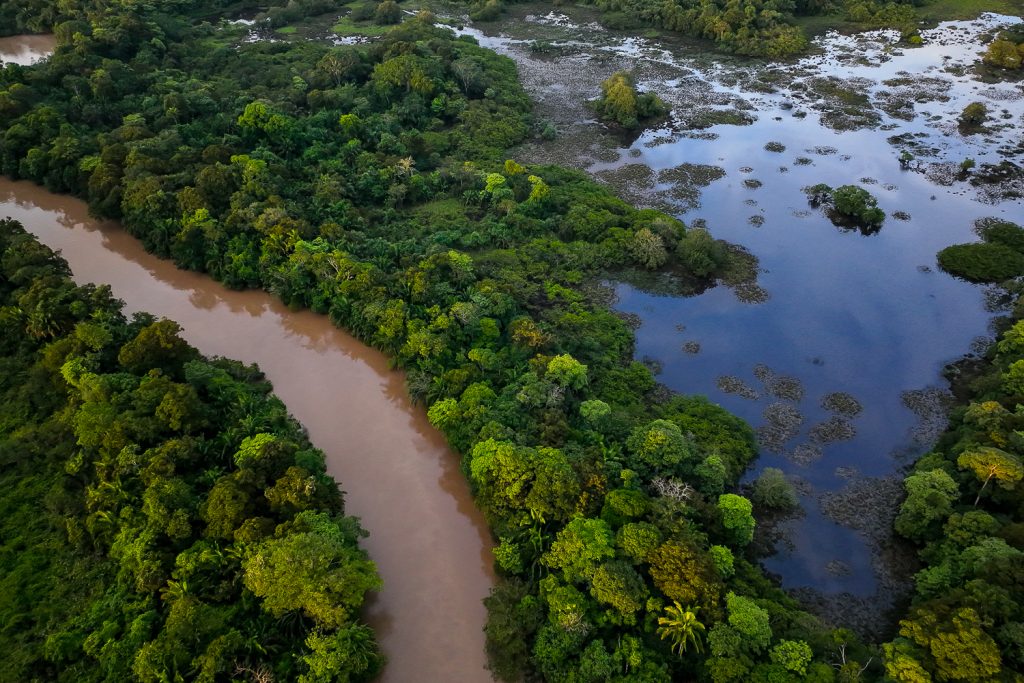There is a theory related to economic growth and the environment called the Environmental Kuznets Curve. This theory suggests that as a region begins to develop, there is a significant amount of environmental degradation. We have seen this the world over as poor communities do what they can to grow, using the resources they have with a lackluster regard to the environment. Yet as the economic growth continues, the environmental degradation is reduced. Education, enforcement, and a healthier relationship with nature pervade, and biodiversity begins to rebound.
While Costa Rica is considered to be a relatively developed middle-class country by global standards, there still exists a degree of economic disparity. One can observe people grappling with life at the early stages of this curve in some of the more rural communities, while the GAM and other more prosperous areas are starting to look towards healing those development wounds. But thanks to the tourism industry, there is potential for rural and/or poor communities to prove that environmental degradation isn’t inevitable.
Tourism is one of Costa Rica’s most significant economic drivers. According to the Costa Rican Institute of Tourism (ICT), tourism contributes to almost 10 percent to the country’s Gross Domestic Product and provides up to 10 percent of the country’s jobs. People flock from around the world to marvel at Costa Rica’s legendary biodiversity, towering volcanoes, pristine beaches, and warm and friendly people. Our small country sees roughly 2.5 million visitors per year, which totals the equivalent of half of the country’s population. Yet within every opportunity lies a challenge.
While some regions like Guanacaste and the Central Pacific have grown significantly with the advent of tourism, others have yet to flourish in this way. Rural communities located next to biodiverse areas and national parks often don’t see the same benefits from tourism, leading to a struggle to make ends meet with the country’s high cost of living. The campesino life isn’t what it used to be, and many of these communities have been left economically poor. This life lived by necessity bodes badly for the conservation of natural resources. Unfortunately, where there is necessity, destructive industries like monoculture agriculture of pineapple, banana, and other crops, and illegal extraction of trees of wildlife take root.

Fly Fishing Costa Rica is a company that specializes in fishing and wildlife tours in Costa Rica and several other countries around the world. The company started from humble beginnings some 10 years ago, and now consists of a growing team of top-quality fly fishing and wildlife guides covering the entirety of Costa Rica. Due to the nature of our most dominant activity—catch and release fishing—our business is directly influenced by the health of the local ecosystem. We seek out the least populated and most biodiverse corners of the country, as this is where nature is still the most intact. Some of the regions in which we operate have adequate conservation measures in place, but many do not. Inadequate economic resources and/or lack of outside interest limit proper enforcement of national environmental laws. Unfortunately, the lack of populations and infrastructure that makes for a good fishing or wildlife viewing opportunity sometimes also means a total lack of control and enforcement.

The Northern Zone is a great example of a region of Costa Rica that sees limited tourism and struggles with growing pains. In recent years, monoculture pineapple plantations have reaped havoc on what was formerly small-scale subsistence farms and intact rainforest. Local people exposed to the scantily regulated agrochemicals have experienced increased maladies such as cancer, and local rivers have been clogged by sediment from erosion and deforestation. It also happens to be where we have one of our most popular and longest running programs, the Jungle Tarpon Reserve.
As we became familiar with some of the rural, developing communities surrounding the Jungle Tarpon Reserve, we saw the need to work together in various projects to help offset the challenges we were facing together. We started a small nonprofit called Conservación Bosque del Sábalo as a conservation initiative supporting our tourism program. The goal of this project is to create an internationally recognized tarpon sanctuary together with the surrounding rural communities in order to conserve a globally unique freshwater tarpon habitat in the Caribbean watersheds of Costa Rica by implementing environmental stewardship, community awareness and education, enhanced scientific understanding, and the creation of sustainable economic opportunities. The project uses the vast wetland system of the Jungle Tarpon Reserve as a project nucleus and will eventually scale up efforts to other parts of this unique tarpon habitat/migration route as well as other threatened wildlife species within the ecosystem.

Our efforts were bringing economic benefit via tourism as well as scientific studies through various international collaborations, but there was still a lack of communication and education with the community itself. This is when we started implementing different educational campaigns in hopes to change behavior long-term.
The main approach has been by educating the next generation. By partnering with local organizations like Viaje al Aprendizaje and the Yellowdog Community and Conservation Foundation, we give annual three-week-long “summer camps” focused on the environment and tourism. Besides teaching local kids about the flora and fauna they experience just outside their back doors, we also cover topics like recycling, plastic and pollution, and proper wildlife etiquette. The hope is that this knowledge is spread from the ground up through their families and community circles, leaving a cultural change in place. These kids could also become the next generation of naturalist and/or fishing guides, acting as the stewards who will speak out against the destruction of nature.
We have carried out a multiyear biodiversity study in the region. The primary focus is umbrella species like jaguars, puma, ocelot and tapir. The results have been extremely positive, and we are working from various angles to use this information to get better measures for conservation in place. We are also working on a storytelling project that will use high-quality images of some of the more controversial wildlife in the region—mainly jaguars—to inspire and change the attitude local farmers have towards these wild “neighbors.” We hope that by understanding the true nature of these large predators with which they share their farms, local people can not only learn to coexist but eventually also benefit from the tourism they could bring into the region.

While we can’t change the world completely, we hope that by showing people how to care for nature, we can help steer these rural communities towards a more positive future. We are just getting started and still have much work to do, but we strongly believe that the future of these last wild places rests in the hands of the local people that live amongst them and can be the stewards that ensure their protection.
Most people do the right thing at home in their daily lives, but as a company we work to ensure a positive impact that each tourist that comes to adventure with us here in Costa Rica has. We have reduced single-use plastics in all of our programs and give high quality reusable water bottles to our clients for use during their tour and afterwards. We collect garbage from the water on a daily basis as we go around fishing, be that the Jungle Tarpon Reserve or any of our other programs around the country. With something as pervasive as plastic, there is never a shortage to “fish up” some items that don’t belong in nature. Our clients say that they appreciate the effort and share our concern, allowing part of their time on the boat to take at least a few bottles out of the river every day.
We are committed to hiring local and supporting families for small-scale economic activities such as meals and souvenirs. This spreads the economic benefit the tourism industry can have, and these benefits are especially important in poor, rural communities. Finally, we encourage tourists to be philanthropic with their travel decisions by reviewing the sustainability practices of the businesses they choose to travel with.

Costa Rica is a paradox, and there is still a long way to go. The country prides itself as a leader in conservation, and the national identity—especially in tourism—screams “eco” and “green.. At the same time, large corporations are allowed to destroy the rivers and rainforests with little to no repercussions just to produce more pineapple, banana, and other crops for export. The voice of the rural communities suffering at the hand of this extreme environmental destruction is squashed by local governments limiting opportunities available to the people or looking the other way, yet the face the Costa Rican tourism industry uses to promote the country is that same wild, biodiversity-laden place and its “campesino” people.
Nonetheless, as a tourism community, we have come a long way—and we’ve seen how community-based, rural tourism can even be part of the solution. Many such opportunities are springing up in Costa Rica and worldwide, such as El Camino de Costa Rica. By empowering these small businesses and impromptu entrepreneurs with our tourism choices we ensure that the money indirectly supports conservation. By virtue of demand, sustainability has become the standard for how most tourism businesses operate in Costa Rica. But with every advance in sourcing local, recycling, reducing single use plastics, renewable energy use, etc. there are still deficiencies in how environmental law is implemented across other industries operating in these same rural parts of the country.
We stand to lose what makes Costa Rica the tourism success story it has become today if we permit the loss of every inch of green space and biological corridor at the hand of the “pineapple mafia” and similar catastrophic corporate powerhouses. We must all demand that more public attention is given to the unserved rural communities, which happen to also still live side-by-side with the last remaining wild places. If we don’t seek to sustainably develop said communities by helping them create economic opportunities like small-scale nature and community tourism, we allow for destructive and extractive industries to fill the economic void. And this will inevitably threaten to wipe out the very thing that ensures the future of our tourism industry, our country, and our planet: biodiversity.
For El Colectivo 506, is an honor to have Fly Fishing Costa Rica as one of the sponsors of our April 2024 edition, “Recycling closes the circle.” For more information, contact them through their website, or visit their website and instagram page to learn more about their services and programs.







